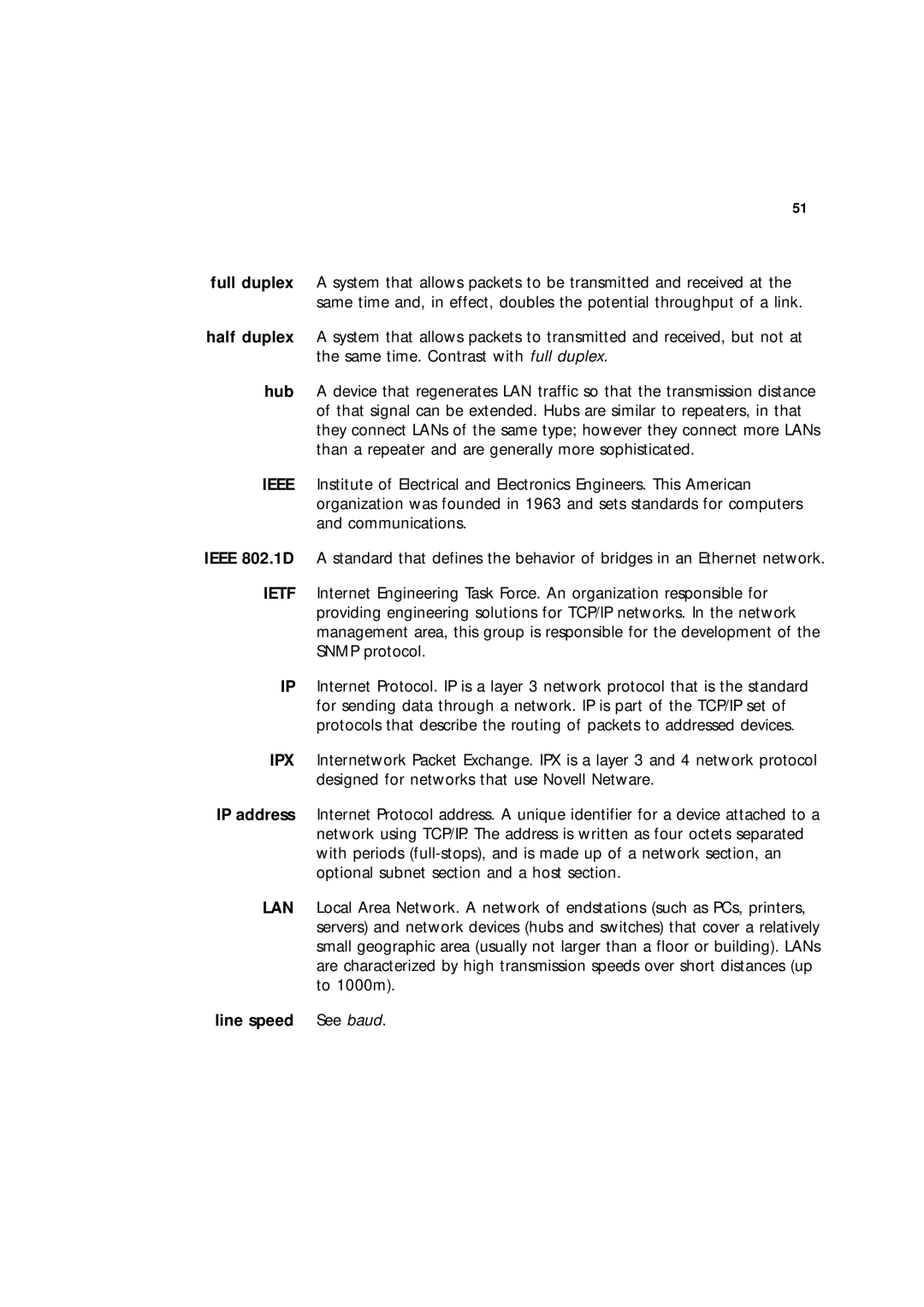16985ua.bk specifications
The 3Com 16985UA.BK is a renowned networking product that has made a significant impact on the realm of technology, particularly in the area of networking and data communication. As part of the 3Com family, this device is recognized for its reliability and effectiveness in connecting devices and managing networks. Manufacturers and IT professionals turn to 3Com products for their robust architecture and versatility, and the 16985UA.BK excels in these departments.One of the main features of the 3Com 16985UA.BK is its exceptional connectivity options. It typically supports a variety of network interfaces, allowing for seamless integration into existing networks. This product generally includes multiple ports that enable simultaneous connections for various devices, ensuring that users can enjoy a stable and high-speed internet experience. With support for both wired and wireless configurations, it appeals to a wide range of user preferences.
Another prominent characteristic of the 3Com 16985UA.BK is its compatibility with various network protocols. The device is designed to easily manage common protocols such as TCP/IP, making it suitable for almost any type of network environment. This adaptability allows for easy deployment and minimal disruption to existing network setups, facilitating quick integration and efficiency.
The 3Com 16985UA.BK also features advanced security protocols to safeguard network communications. Integrated security features help mitigate potential threats by providing secure access points and protecting sensitive data. Users can expect encrypted connections that bolster the integrity of their networks, making it an ideal choice for businesses concerned with cybersecurity.
In terms of performance, the 3Com 16985UA.BK is equipped with high-speed processing capabilities that ensure minimal lag and interruption during data transmission. Its architecture is designed to handle heavy traffic loads effectively, ideal for enterprise-level applications where performance is crucial.
Additionally, the device often comes with user-friendly management features. With a web-based interface, users can easily configure settings, monitor performance, and troubleshoot issues, all from a centralized management platform.
Overall, the 3Com 16985UA.BK is a robust networking solution that accommodates various user needs. Its combination of advanced connectivity options, compatibility with established protocols, robust security measures, and high performance renders it a dependable choice for both personal and professional use. The enduring reputation of 3Com reinforces the reliability of the 16985UA.BK, making it a valuable asset in the modern digital landscape.

